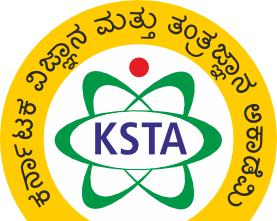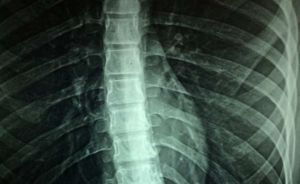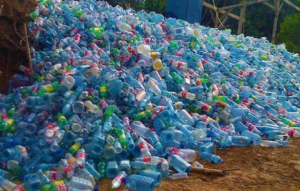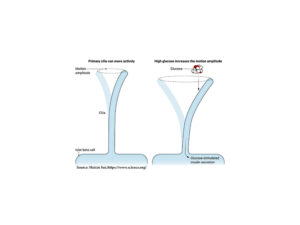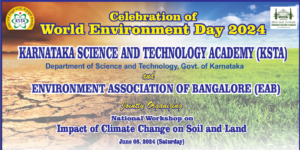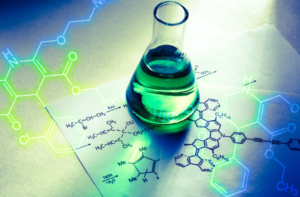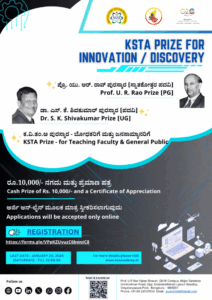Exploring the vast realm of chemicals: a world of endless possibilities
4 min readDr Anand R
Senior Scientific Officer, KSTA
Chemicals are the building blocks of our world, shaping the materials we use, the food we eat, and the medicines that keep us healthy. From the simplest elements to complex synthetic compounds, the realm of chemicals encompasses a vast and fascinating array of substances that play pivotal roles in our daily lives. They offer a tapestry of opportunities, innovations, and challenges that continually redefine our understanding of science.
The term “chemicals” is broad and can refer to elements, compounds, and even complex substances. There are 118 known elements, and countless compounds can be formed by combining these elements in different ways.
The universe is flooded with billions of chemicals. Ever since the periodic table of elements was invented by the Russian chemist Dmitri Mendeleev in 1869, scientists have been discovering and synthesizing the chemicals that helped define the modern world. Understanding the periodic table and the behavior of these elements provides a foundation for exploring the diverse and intricate nature of chemicals.
The Chemical Abstracts Service (CAS), a division of the American Chemical Society, maintains the CAS Registry, a comprehensive database of chemical substances. As per the latest data, there are over 204 million organic substances, alloys, coordination compounds, minerals, mixtures, polymers, and salts registered to date at CAS Registry.
We all know that elements are made of one type of atom. Atoms are made of tinier particles: electrons and protons. All chemical compounds are made of two or more atoms. So, how many chemical compounds can we make with the known 118 elements? We can start by making all the two-atom compounds like N2 (nitrogen) and O2 (oxygen). There are about 6,903 two-atom compounds in theory. It would probably take a chemist about a year to make one compound. There are about 1.6 million three-atom compounds like H₂O (water) and CO₂ (carbon dioxide). Once we reach four- and five-atom compounds, we would need everyone on Earth to make three compounds each.
Even if a chemist were to guess a completely new structure unrelated to any compound known on Earth, they would still have to make it. Knowing its structure, the conditions needed to make it, and other factors, is the challenging part. In addition, not all those compounds are possible as per the Chemistry rule book. However, some elements believed not to be bound with anything to form compounds still form compounds under extreme environmental conditions. For example, Argon hydride (ArH+).
One may be thinking about how scientists search or develop a compound. One simple method is by taking a known compound and changing it a bit – by adding, deleting, or swapping some atoms or by taking a known chemical reaction and using new starting materials. Many chemists follow this method to form a compound. But how do we search for truly new chemistry? One way is to look at the natural world. For example, Penicillin was found this way in 1928 when Alexander Fleming observed that mold in his petri dishes prevented the growth of bacteria. Scientists are in search of inspiration from the environment around us.
Nowadays, it’s a lot easier to determine the structure of new compounds. The X-ray technique and the MRI technique that hospitals use to diagnose diseases are being used to study the structure.
Some Potential Areas Requiring New Chemicals/Compounds:
- There is an increasing focus on adopting circular economy principles, emphasizing recycling, waste reduction, and sustainable sourcing of raw materials. Researchers and industries are exploring environmentally friendly synthesis methods to reduce the ecological impact of chemical production.
- The development and application of nanomaterials for various purposes, including medicine, electronics, and materials science.
- Innovations in smart polymers with responsive properties, finding applications in drug delivery, sensors, and other fields.
- The integration of artificial intelligence and machine learning in chemical research and manufacturing processes to optimize efficiency, discover new compounds, and predict material properties.
- The rising interest in bio-based and biodegradable plastics as alternatives to traditional petroleum-based plastics.
- Advancements in enzyme engineering for more sustainable and efficient industrial processes.
- Customized chemical solutions tailored for specific applications, particularly in medicine and healthcare.
- Growing use of chemicals and pharmaceuticals tailored to an individual’s genetic makeup for more effective treatments.
- Increasing interest in using electricity to drive chemical reactions, with applications in sustainable energy storage and conversion.
- Research and development of green hydrogen production methods
The world of chemicals is not static. it is dynamic and unfolds with each scientific discovery and technological breakthrough. From the laboratory to the vast landscapes of industry and agriculture, chemicals shape our present and hold the keys to our future. Exploring this realm is a journey into a world of endless possibilities. The responsible and innovative thinking guide us toward a wonderful world of chemical wonders.
